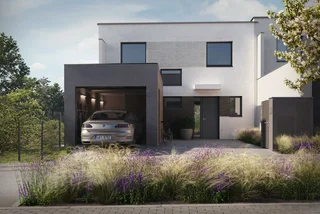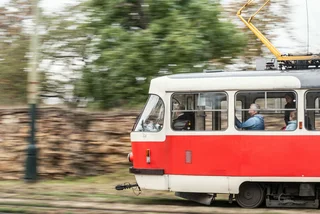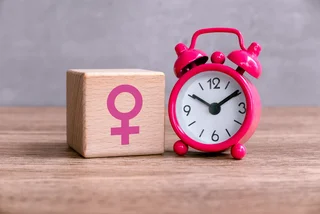The planned transformation of Vítězné náměstí in Prague 6’s Dejvice neighborhood is making progress, but construction work likely won’t start for four years.
City Hall in cooperation with the Technical Roadway Administration (TSK) is now preparing an order to select the general designer for the revitalization.
The project designer will be selected next year and the subsequent preparation of the construction will take another roughly three years. The preparations should cost approximately 48 million CZK and will also include the supervision of the authors of the conceptual architectural study.
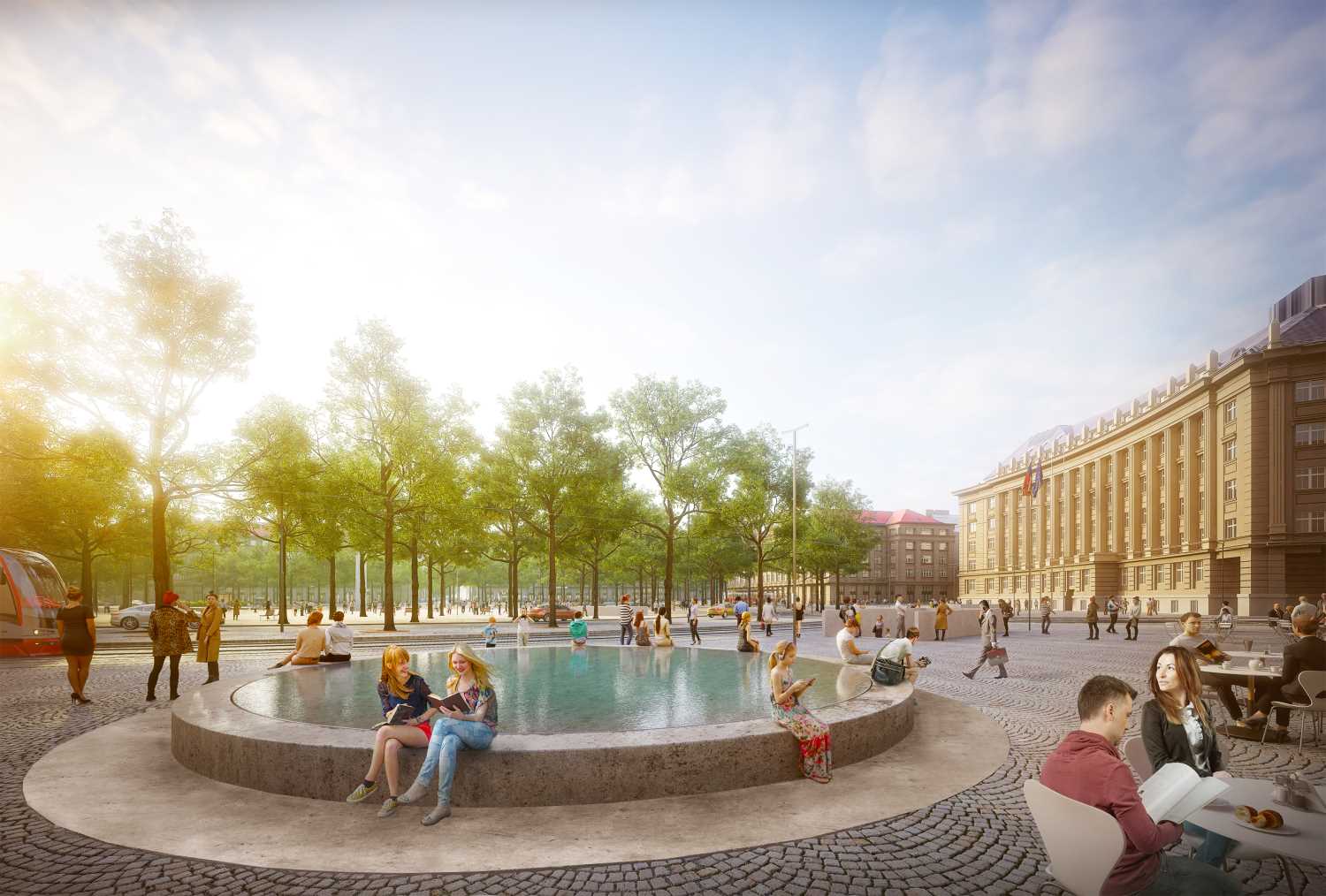
There was already a competition in 2018 for what the square, called “Kulaťák” by locals, will look like. The design by architects Pavel Hnilička, Eva Macková and Josef Filip was chosen from some 40 applicants.
The architects should provide consultations, approve modifications and deviations, and make partial sketches for the creation of project documentation.
Currently, the center of Vítězné náměstí is split in sections due to tram tracks and busy streets. While the square is large, it is not very inviting for the public.
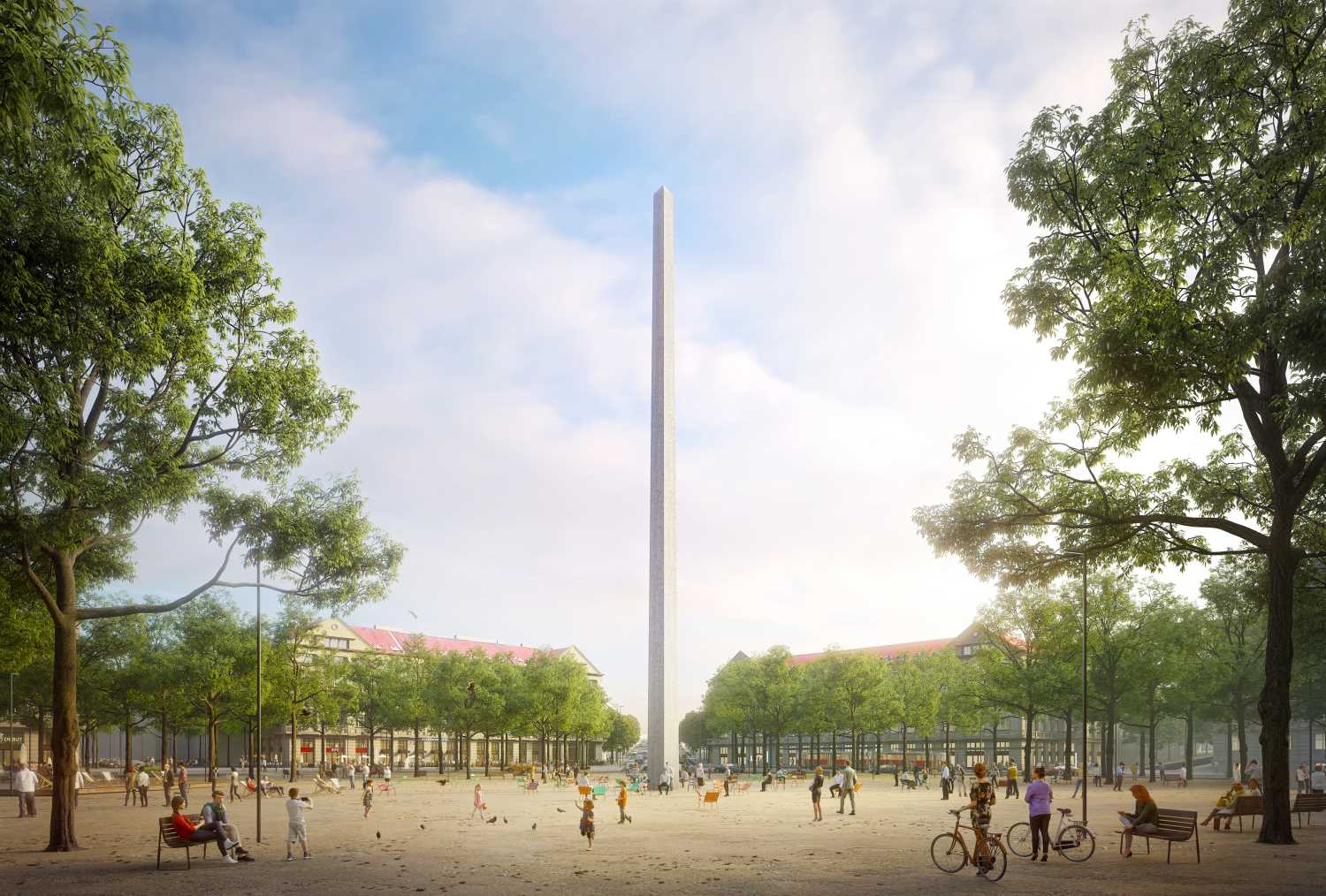
According to the winning design, tram tracks will disappear from the center of Vítězné náměstí and instead go around its perimeter.
Kulaťák’s center will have a pedestrian area with a new obelisk in the middle. Trees separate the pedestrian zone from the ring road and tram tracks. The design also includes new fountains and furniture. The new look for Vítězné náměstí will cost the city approximately 500 million CZK.
“Vítězné náměstí is to become a representative place of Prague, which will serve all the inhabitants of the metropolis well. From the conceptual study, we expect not only a transport solution, but above all a strengthening of all the basic functions of the square — residential, social or representative functions. For example, we expect a pedestrian zone towards the main axis of the university campus, with popular water features, new works of art and a reduction in noise pollution in the area,” Prague Deputy Mayor Petr Hlaváček (United Force for Prague), responsible for territorial development, said previously.
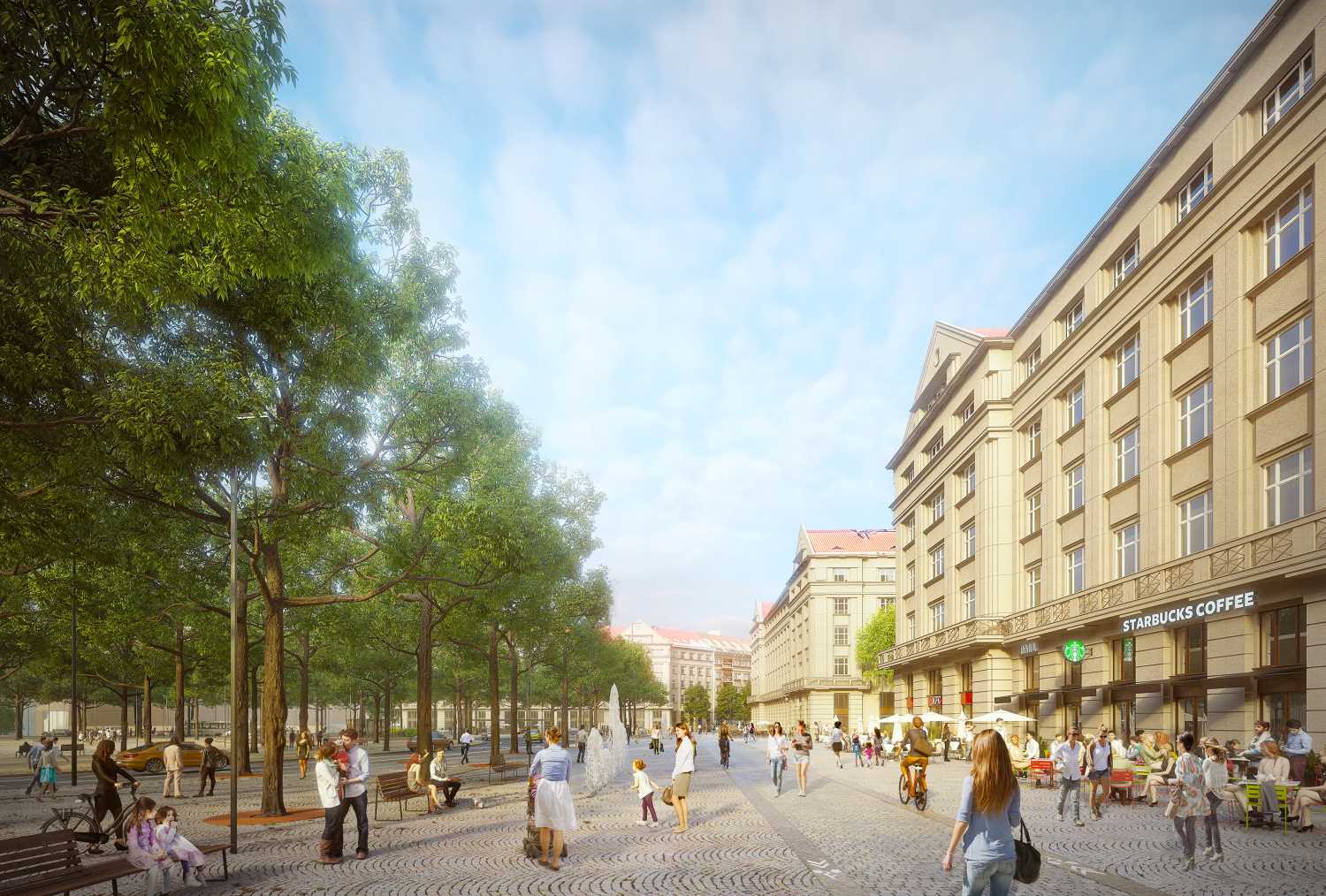
He added that renovating the square is a priority embedded in the program statement of the current municipal coalition.
“The central space is open to the inhabitants of the city, while the transport function is not disturbed in any way,” Hlaváček said.
The Czech Army, which has its General Staff headquarters at Vítězné náměstí, for security reasons has objected to the tram stop being moved closer to its property. This issue will have to be resolved before work can begin.
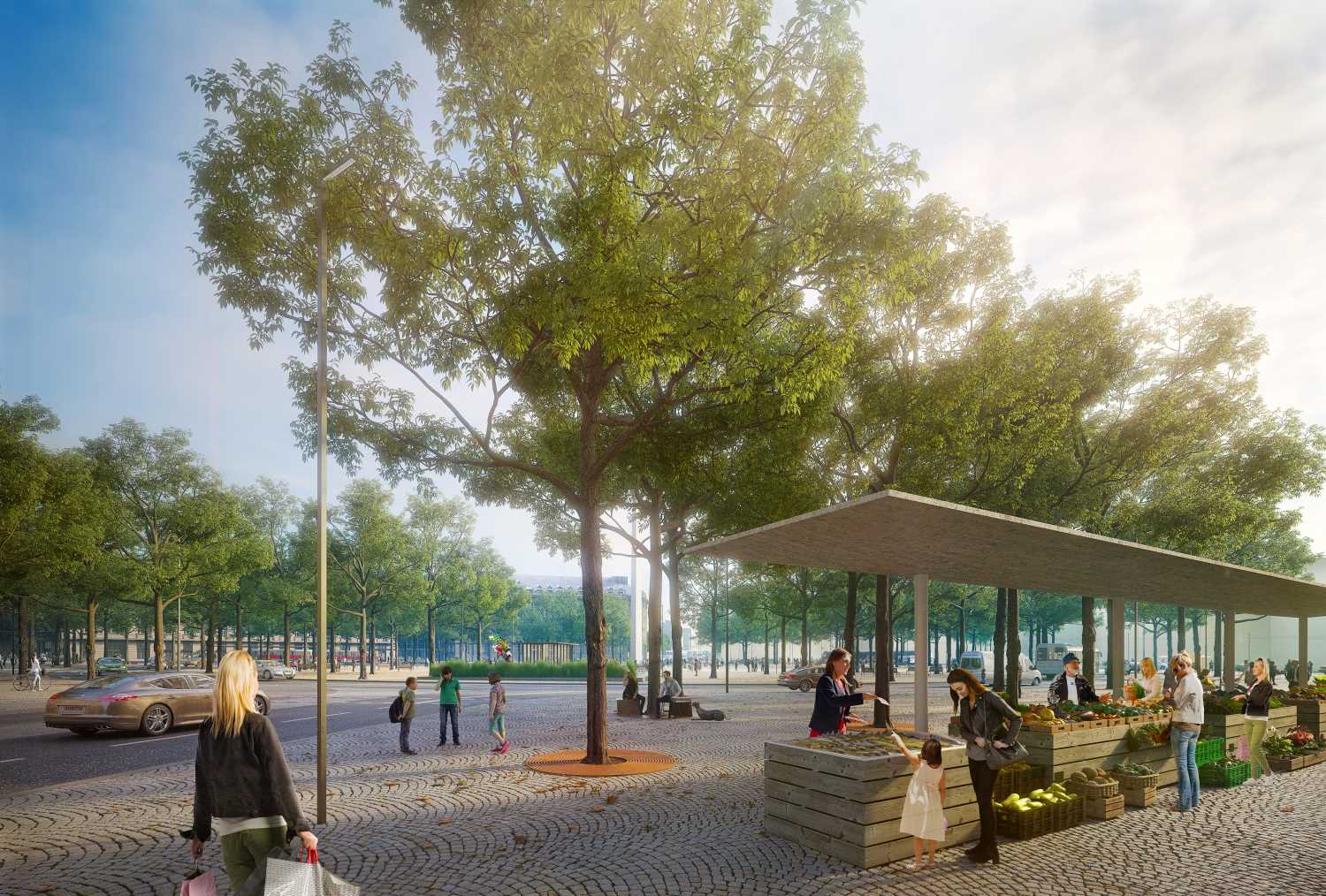
Complaints and objections have been stumbling blocks, causing long delays for other renovations, such as Wenceslas Square and Malostranské náměstí.
“Objections are the biggest complication in terms of the whole project,” Prague Deputy Mayor for Transport Adam Scheinherr (Praha sobě) said, according to daily Pražský deník.
The transformation of the square will need to be coordinated with an external bypass between Evropská and Svatovítská streets, as well as with the renovation of Šolínova street.
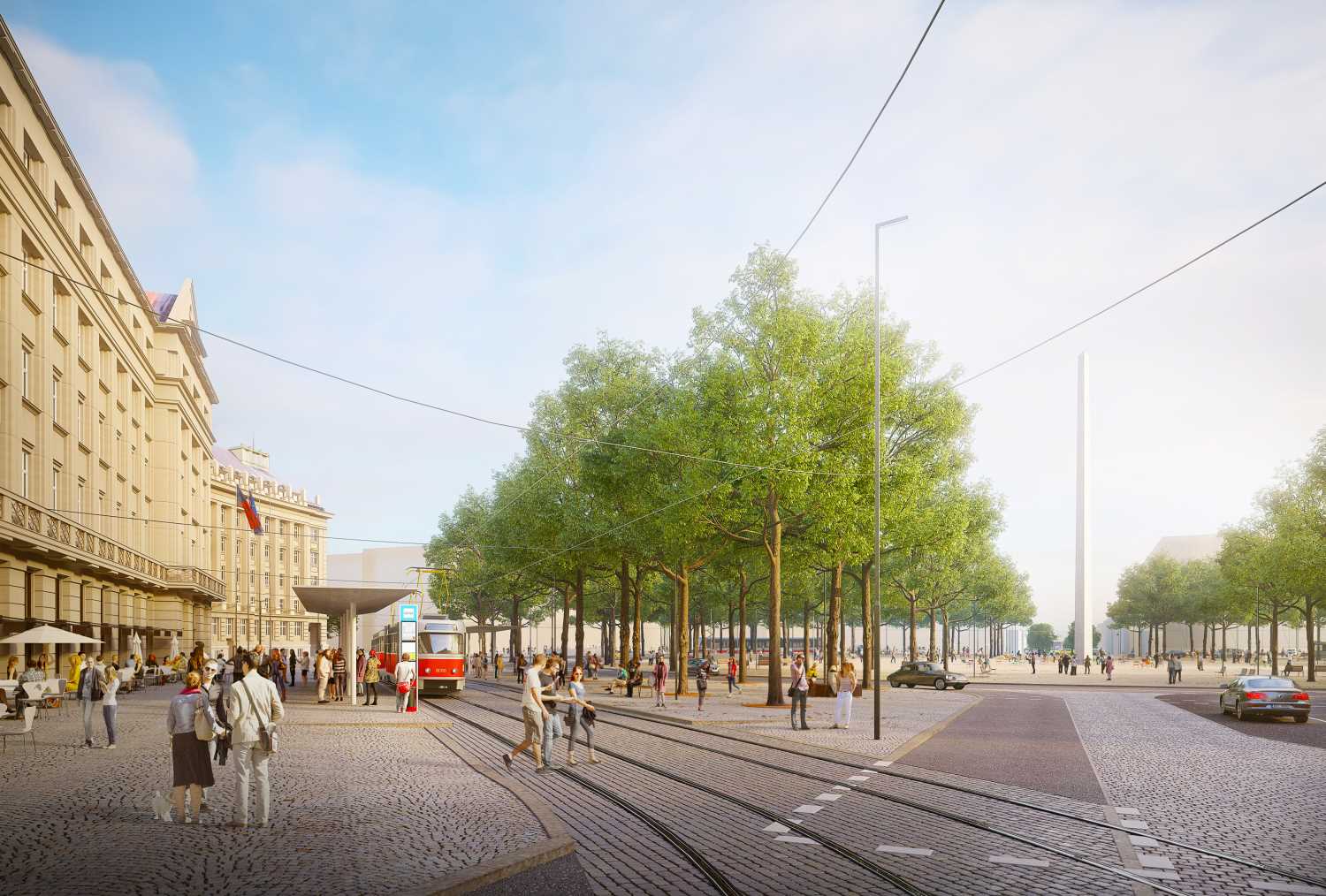
These are separate projects that will také place after the transformation of Vítězné náměstí. In these cases, Deputy Mayor Scheinherr said he did not envision objections.
According to TSK, Šolínova Street is in a state of disrepair and its surface is damaged up to the base layers. Existing plans to renovate the street will be put on hold until the situation with Vítězné náměstí is settled. “Once it is clearly determined what Šolínova Street should look like, the project can be updated,” TSK said.
Vítězné náměstí was established in 1925 as part of an urban plan to unify the northern section of Prague and give Dejvice a center. The original design was by architect Antonín Engel, but it was never completed due to economic issues. A Town Hall building intended for the square was never built, for example, and that space has been a parking lot instead.
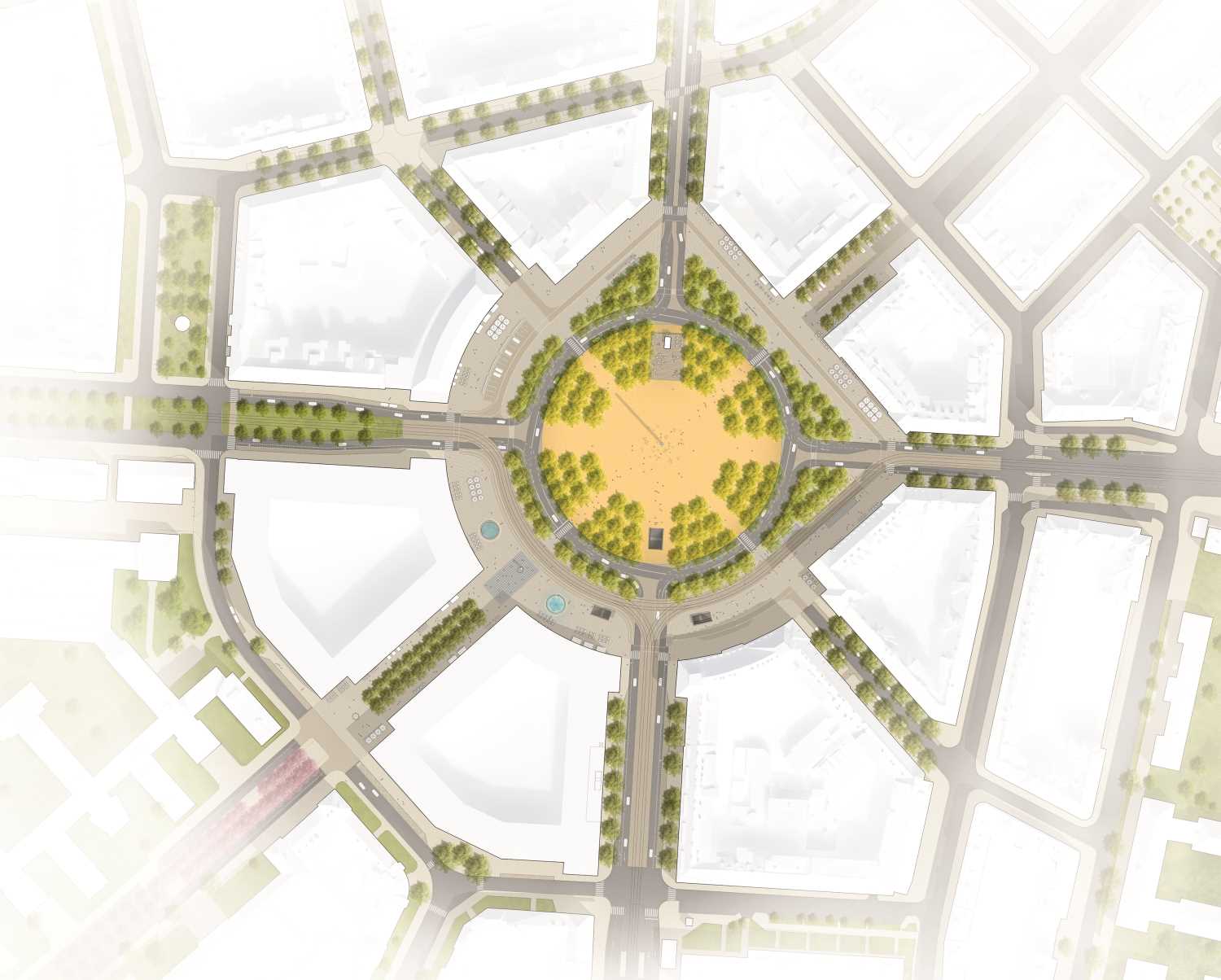
It was called Vítězné náměstí up until 1940, and the name referred to the struggle for Czechoslovak independence, which finally occurred in 1918. From 1940 to ’45 it was náměstí Branné moci, or Square of the Armed Forces. After that and until 1952 it was náměstí dr. Edvarda Beneše, named for the Czechoslovak politician. Then the name became náměstí Říjnové revoluce, referring to Russia’s October Revolution in 1917. It went back to its original name in 1990.
In the communist era, a statue of Lenin stood in the square. The statue was removed in 1990, but the base remained until 2007. A bronze monument for Czechoslovak soldiers was placed on the square instead.
The metro stop at the square was called Leninova from when it opened in 1978 until 1990, and is now called Dejvická. It was the last stop on the metro A line until 2015.












 Reading time: 4 minutes
Reading time: 4 minutes 







